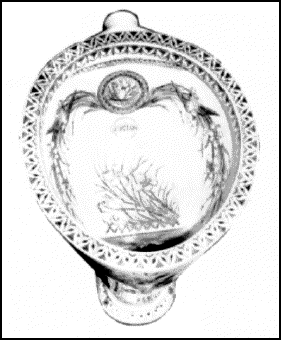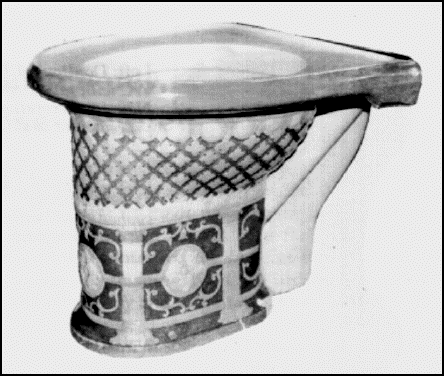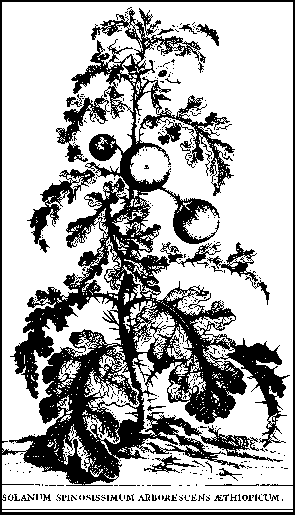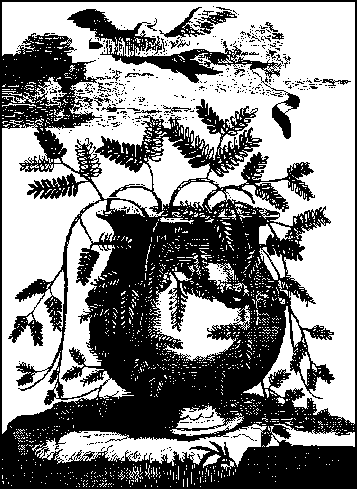Water
Closets
Munroe Blair
(Shire)

George Jennings got the monopoly on toilets at the Great Exhibition's Crystal Palace, and he charged a penny to use the facilities which meant he cleaned up £1,000 a year. It is said that Queen Victoria used a Unitas WC in 1886 at the Angel Hotel in Doncaster --- but how do they know? In any event, she may not have been amused, but she was pleased: T. W. Twyford was granted a "Royal Warrant of Appointment as Bathroom and Washroom Manufacturer to Her Majesty Queen Victoria's Government." There'll always be an England.
The author tells us that Britain soon became the gold standard for toilets:
Exported around the world, British WCs were acclaimed for their efficiency and quality, with patterns designed to suit local customs and religious needs.
Mr. Blair has come up with the ultimate in source book for those who have to know everything there is to know about Water Closets, with the run-down on the history, manufacture, and style --- complete with a Glossary:
Continuous action syphonic: the double-trap pattern, which pulls the bowl's contents throughout the flush.
The glory of this short pamphlet lies in the pictures. I especially call your attention to the Twyford Twycliffe WC with hand-enameled raised exterior decoration --- blue and white and rust patterns on the outside [Fig. 2 below]; the Shanks Citizen WC with hand-painted exterior --- green and yellow leafy patterns; and the Shanks Junction --- blue and white lilies, fired lotus and grass within [Fig 1 above]. The 1898 Doulton salt-glaze stoneware wash-out WC [not shown] looks like a African tribal pygmy worship fetish in the kneeling position. The line drawings are a gas.


 Throughout, there are quotes from the followers. For example, Susan Mitra tells us how she cares for her gods, Ganesh, Shiva, Durga, Saraswati, and Lakshmi:
Throughout, there are quotes from the followers. For example, Susan Mitra tells us how she cares for her gods, Ganesh, Shiva, Durga, Saraswati, and Lakshmi: 
